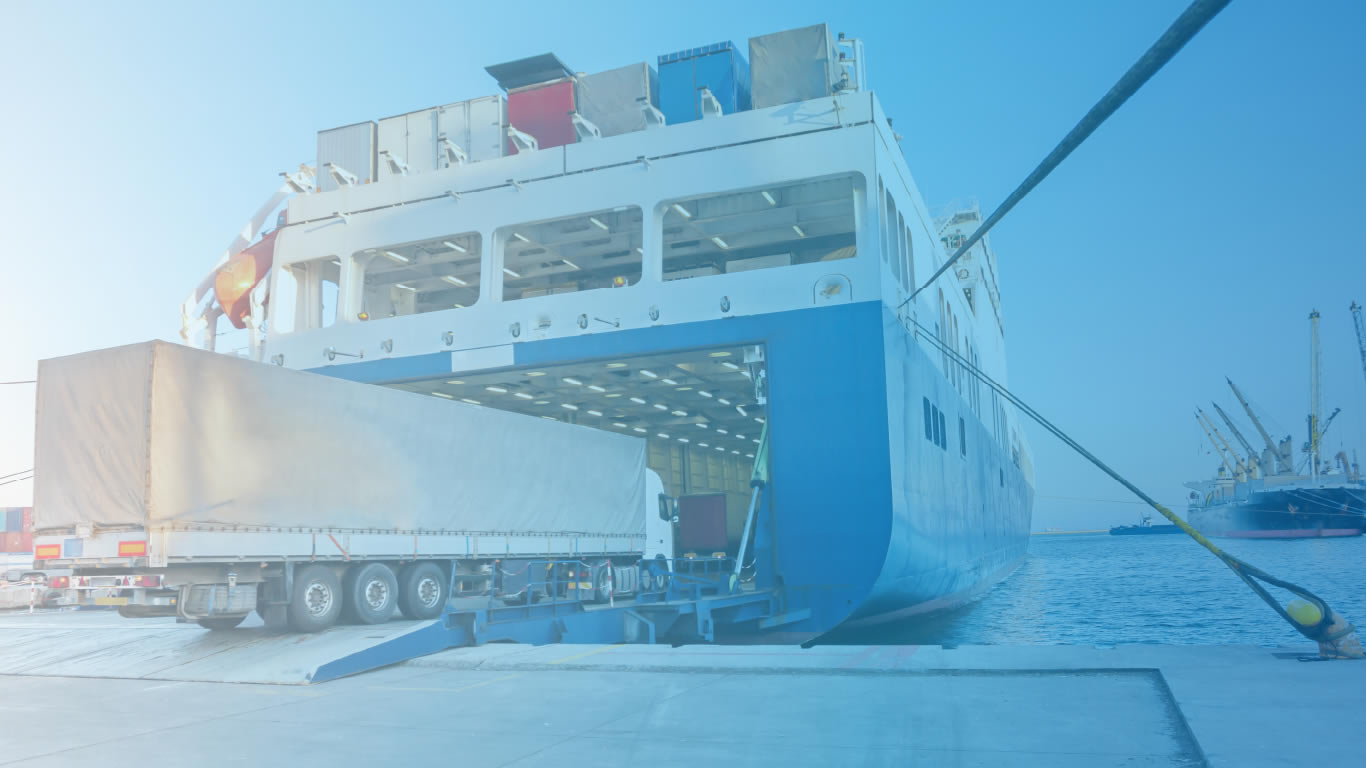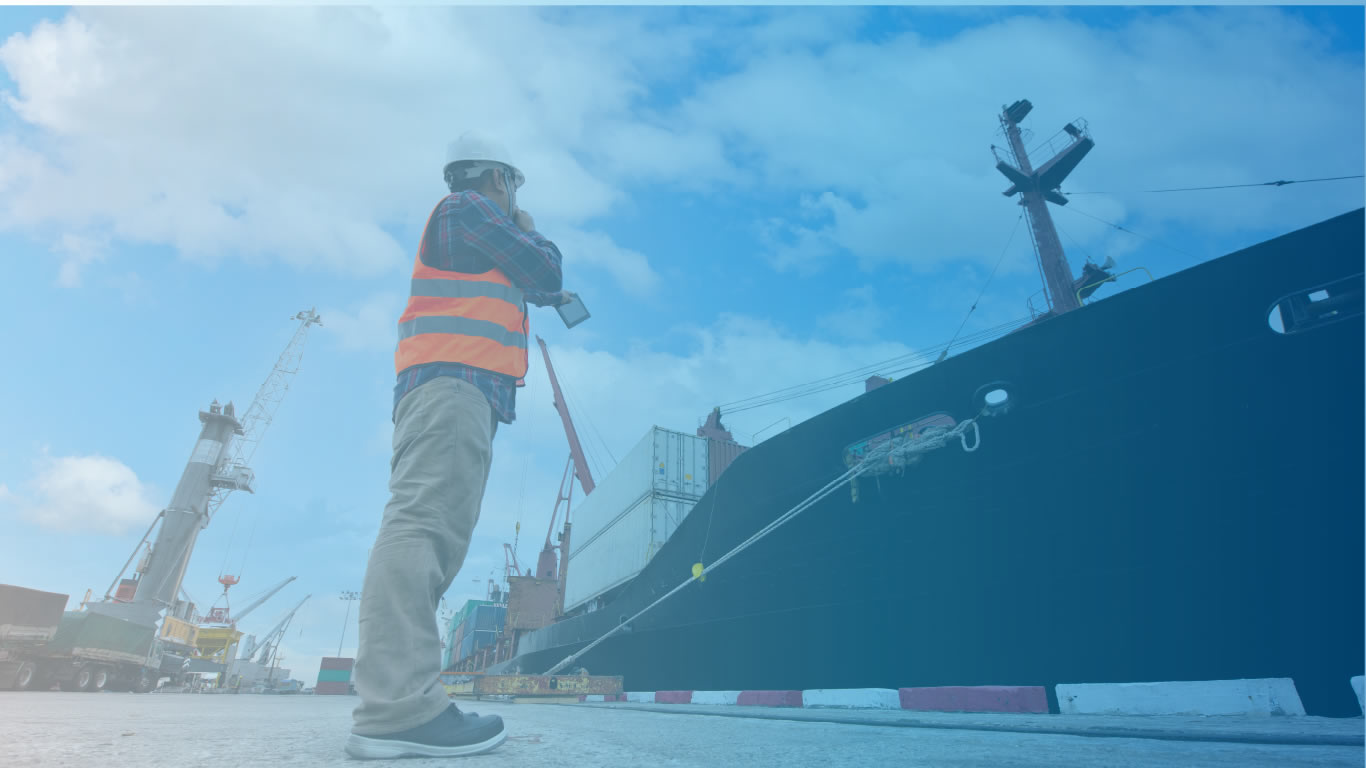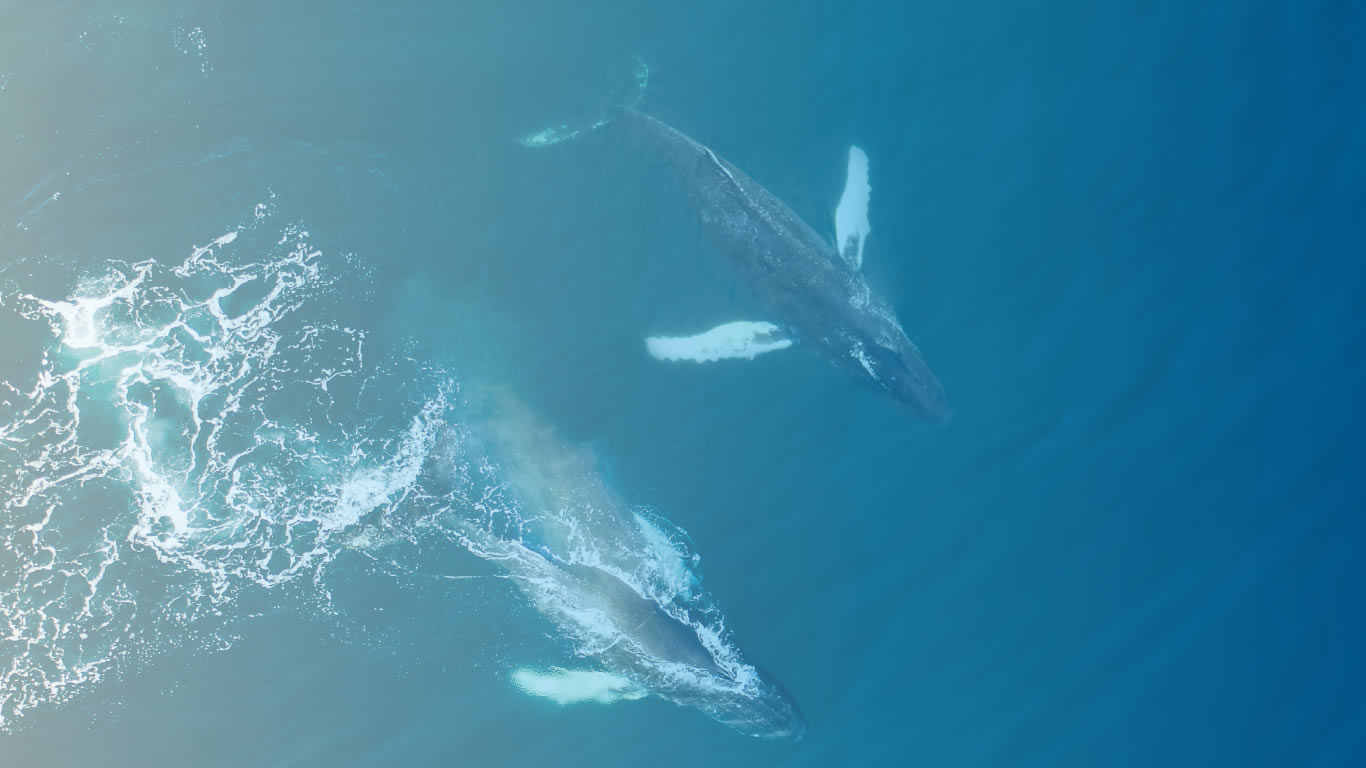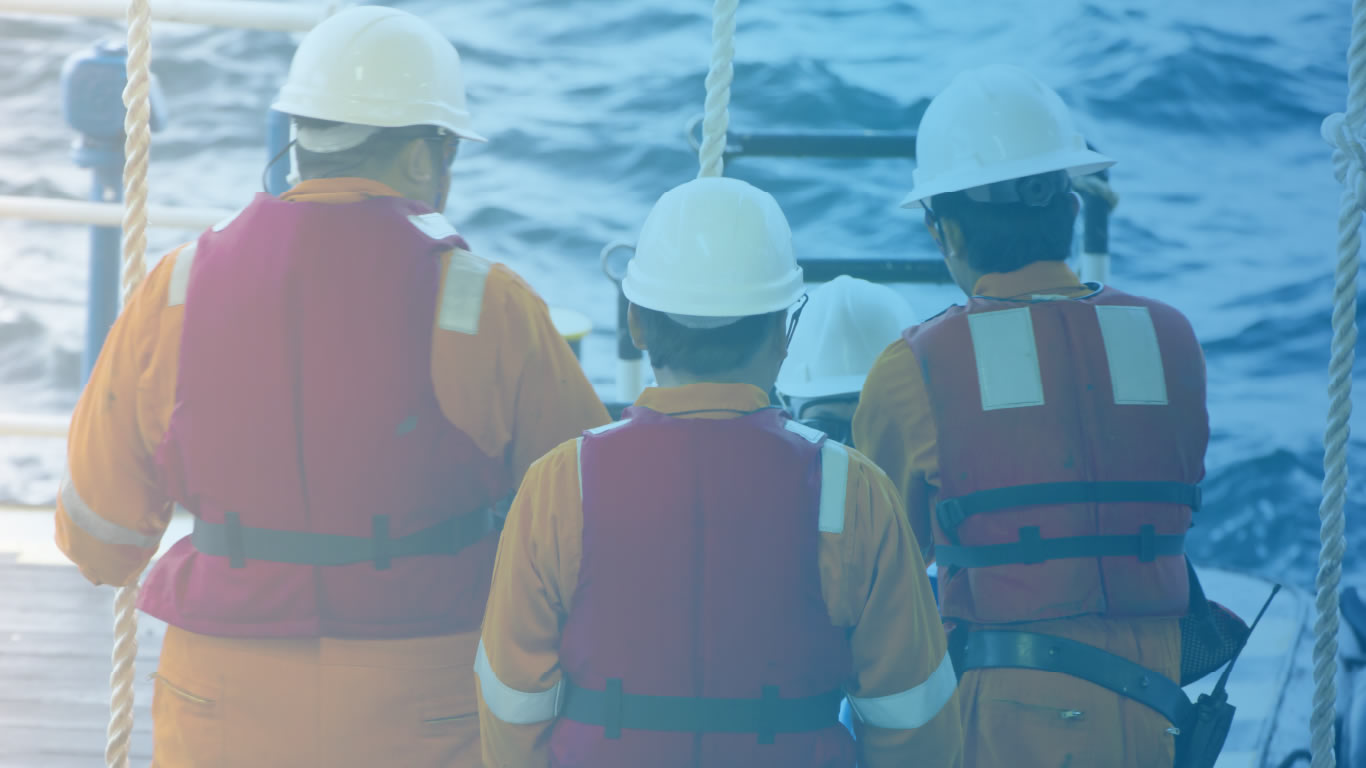The EU Maritime Profile – the maritime cluster in the EU

With nearly 15% of all world vessels by gross tonnage flying an EU Member State flag, the European Union has a powerful maritime presence. In this section, you can find out more about:
The EU Member State-flagged fleet and its composition
Port calls and EU port activity
All these elements make up an important part of the EU Maritime Profile and show the importance of the maritime cluster in the European Union.
The EU Member State-flagged fleet and its composition
Ships have to be registered (flagged) to a country in order to sail. The EU Member State-flagged fleet represents a significant part of the world fleet, both in terms of absolute numbers, gross tonnage (the ship’s internal volume) and deadweight (how much weight a ship can carry):
In terms of absolute numbers and percentage, the EU Member State-flagged fleet contains a large variety of vessel type, with 26% of the world’s Ropax fleet (vessels that can carry cars and passengers) and 23% of passenger vessels:
In terms of cargo ships, the EU Member State-flagged fleet has a higher percentage (when compared to the rest of the world fleet) of container ships than of other vessel types, equivalent to 19% of all container ships:
In terms of gross tonnage of cargo ships, EU Member State-flagged Ro-Ro Cargo as well as Container vessels make up more than one fifth of the world’s respective fleets.
In the passenger sector, EU Member State-flagged passenger vessels represent a high percentage of all global passenger vessels:
And in terms of gross tonnage, EU Member State-flagged Ropax vessels make up over half of the total of all Ropax ships worldwide:
Regarding fishing vessels, there are nearly 70 thousand fishing vessels registered in EU Member States. The following graphs include all sizes of fishing vessels.
For fishing vessels length is a key parameter used as a threshold in the scope of fishing vessel safety legislation. Smaller fishing vessels (below 15m of length overall – LOA) are the vast majority of the fleet. In more details:
- the larger proportion (91%) is below 15 m in LOA.
- 6% measure LOA between 15 m and 24 m in length (under the scope of Directive 2009/18/EC);
- 3% measure 24 metres or more in LOA (under the scope of the Directives 97/70/EC and 2009/18/EC);
A more detailed analysis of the typology of vessels by length shows that, for those Member States with a significant fishing fleet (over 6,000 vessels), most of their fleet is composed of vessels below 15 metres.
This means the fleet covered under the relevant EU Directives is relatively small in terms of the number of vessels, but it covers the largest 9%. The smaller ships, typically owned by self-employed people using traditional techniques, are out of the scope of EU legislation. Many fishing boats are essentially family businesses, and as their owners are entirely economically dependent on the income they generate, there can sometimes be a need to fish overlooking possible safety implications.
Ownership and age
At individual vessel level, nearly 16% of the world fleet is owned by EU nationals or companies and it increases to more than a quarter in terms of gross tonnage.
Regarding Ropax, more than half of the world fleet’s GT is owned by EU nationals or companies. Regarding Container ships more than one third of the total number of ships and their respective GT percentage is EU owned:
Ship owners sometimes choose to register (flag) their ships in a country other than where their business is located. This may happen for a variety of reasons such as the fact that the manager who has assumed the responsibility for operation of the ship is in a different country, competitive taxing regimes, high safety standards which increase efficiency (for example, less Port State Control inspections because of a flag included in the MoU “white lists”) the flexibility to recruit foreign labour and more lenient maritime regulations.
It should be noted, however, that almost two thirds of all ships belonging to owners or companies based in the EU fly an EU Member State flag.
The ratio drops when gross tonnage is taken into account, showing that larger ships owned by EU businesses or individuals are more likely to be registered in a non-EU country:
Another interesting aspect is that the vast majority of ships registered under an EU Member State flag are owned by EU companies or nationals:
This percentage drops slightly when gross tonnage is taken into account:
The age of a ship is an important factor in areas like energy efficiency and environmental performance. Generally, the younger a ship is, the more efficient it tends to be (although other elements, like the ship’s operations, can be equally important). For certain ship types such as tankers and bulk carriers, ships flying an EU flag or owned by EU nationals/ companies are younger than those under a non-EU flag or with non-EU owners.
Once a ship is flagged (registered) to a certain country, that registration can – and sometimes does – change. The following graph provides the data for change in flag among EU States as well as between EU and non-EU States.
The EU fishing fleet tends to have an older age profile. Vessels measuring less than 24 metres and more than 25 years of age represent most of the fleet.
This trend is different for the range of vessels above 24 metres, where older vessels represent a relatively smaller part of the total fleet, but with an increasing trend.
Port calls and EU port activity
Port calls refer to ships visiting ports; this can be to load and unload goods, or to pick up or drop off passengers. EU ports have more than a quarter of all port calls worldwide:
EU-owned and EU-flagged vessels represent slightly more and slightly less than a fifth of all port calls around the world, respectively:
And the vast majority of port calls in the EU are made by ships that are owned or flagged in EU Member States:
Among them, the top EU ports handle hundreds of thousands of tonnes of goods every year, acting as vital supply gateways in and out of the Member States.
Liquid bulk goods can be anything from petrol, liquefied petroleum gas (LPG), liquified natural gas (LNG) and chemicals to things we can drink and use in cooking, like milk, vegetable oils, and juices. Very large tankers can carry huge quantities of liquid bulk goods.
Dry bulk cargo are goods that are transported in large unpacked units (different to containers). Ships that carry this type of cargo are called bulk carriers. These goods can include coal, iron ore, sand, cement, and other products used in construction, as well as things like sugar and salt.
Containers are the best way to transport smaller goods, like electronics, clothes, and household items. The goods can be loaded and unloaded easily. Containers are measured in twenty-foot equivalent units (TEUs).
In the next set of graphs, the distribution of port calls in EU ports according to vessel type (all flags) is depicted, as a variation (%) in relation to the previous year (e.g. port calls in the EU of oil tankers in 2017 were by 6.55% increased in comparison to 2016, then in 2018 they were reduced by 0.21% in comparison to 2017, etc.).
For various passenger vessel types (>= 12 passengers):
The cruise sector in the EU
The cruise industry represents an important sector in the EU maritime cluster. Many operators and cruise lines are European based, most cruise ships are built in European based shipyards and fly an EU Member State flag. European seas and ports are among the major destinations in the global cruise sector, with more than 30% of worldwide port calls made in EU ports in 2023.
The cruise sector was the most affected by COVID-19. Every major cruise line in the world suspended departures in March 2020 as the coronavirus outbreak grew. The sector has fully recovered, as it is evident by the increasing number of port calls worldwide and in the EU.
Cruise vessels under an EU Member State flag have had the majority of port calls in EU ports, while they hold 20% or more of port calls in non-EU ports, in the last 4 years (2021-2024):
Shipbuilding
Ships have various lifespans, usually between 30 and 50 years, depending on their type and use, so for shipowners, a new vessel is an important capital investment. In the EU, there are about 150 large shipyards, which support around 120,000 jobs.
Approximately one out of ten ships launched in 2024 was built in an EU shipyard.
The EU shipbuilding industry is very varied in terms of the type of vessel constructed:
Recycling is a very important part of the ship lifecycle. In the EU, there are stricter regulations on how ships can be recycled, in accordance with good environmental practices.
Find out more about our work






